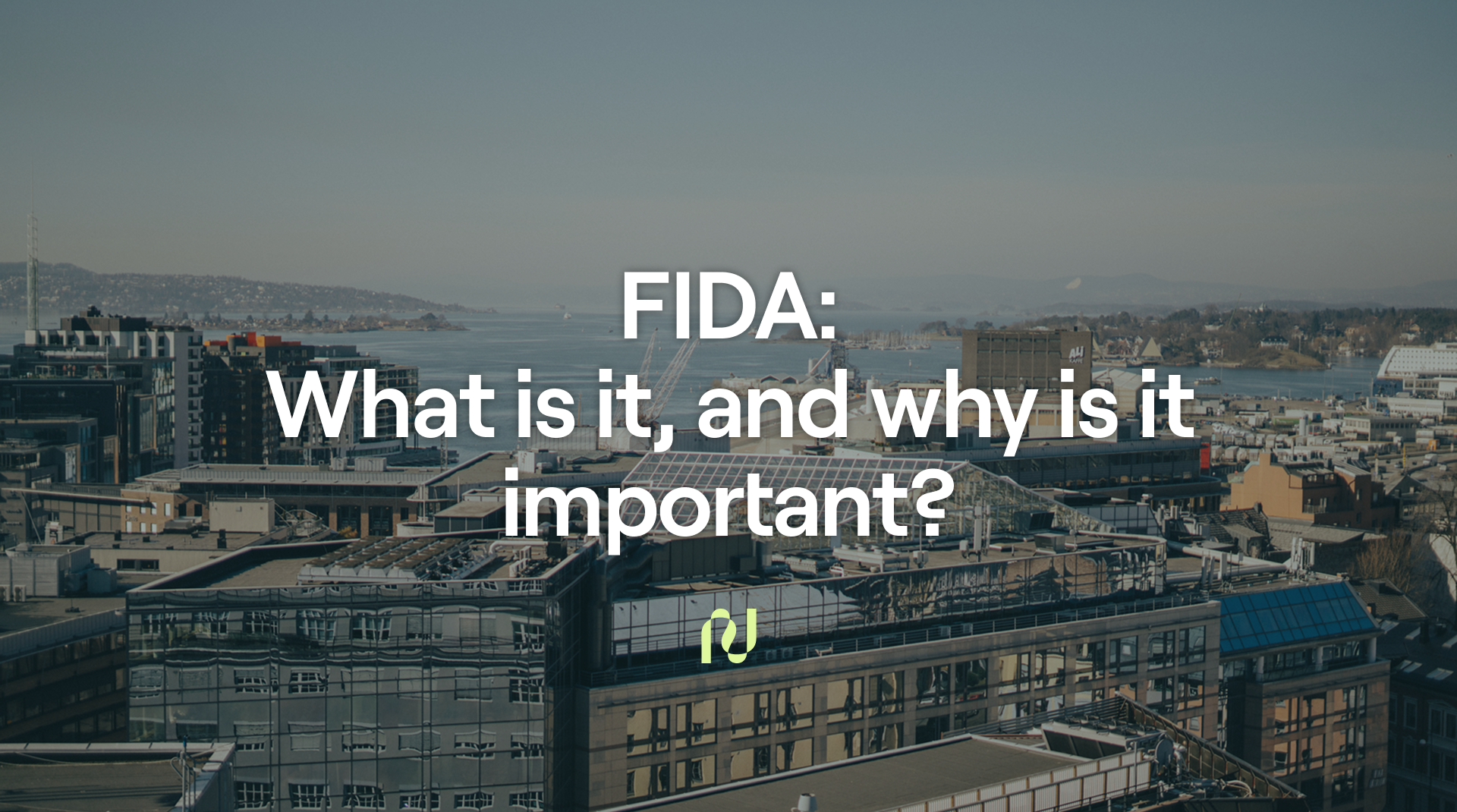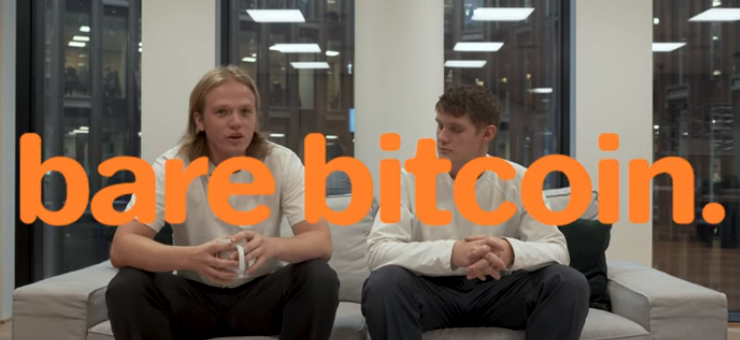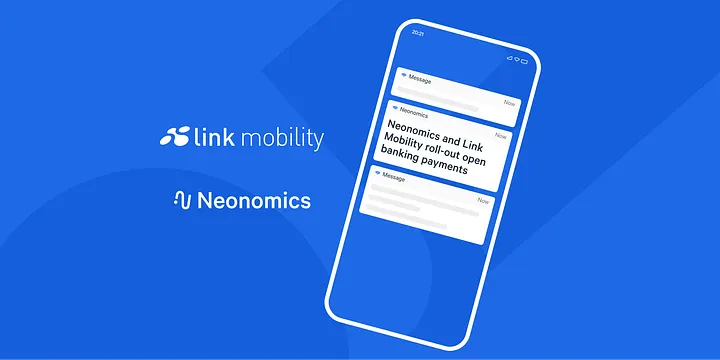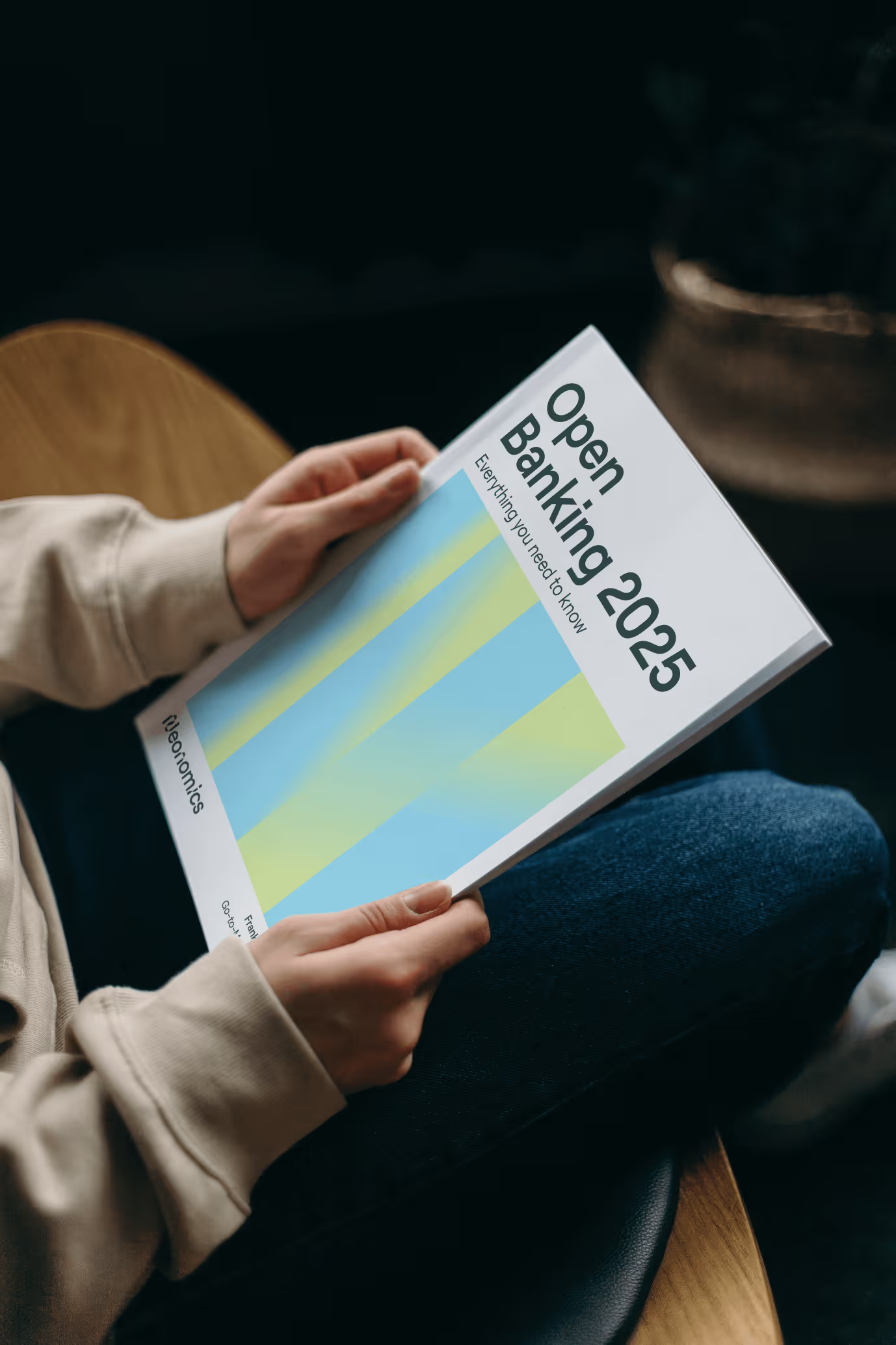
Through the directive, regulated fintech companies and third-party providers are allowed access to consumer financial data through the banks which they can use to build new and innovative products and services. It also gives consumers more control over their data, enabling them to decide how and when their data can be accessed and used. Additionally, it gave TPPs the ability to initiate direct account-to-account payments on behalf of consumers with their permission, which also has driven innovation in the payments market.
Sounds great, right? So, why do we need a PSD3? In this article, we’ll look at where PSD2 has fallen short and what new opportunities can be created to continue the momentum.
Where PSD2 fell short and what’s needed
The implementation of PSD2 is the first step towards better supporting competition in the finance sector and within payments. This allows new players to integrate direct payment capabilities into their own solutions and potentially bypass card schemes. Although PSD2 helped create good conditions to form an open banking ecosystem, some challenges remain. PSD2 was intended to innovate pan-European payment schemes by leveraging open banking but lacks the real time element to take it the whole way.
Increased standardization
A major challenge of PSD2 is the different standards across different markets, how each bank interprets these standards, and how the local FSA’s interpret them. Therefore, an element of standardization still needs to be done across different markets, banks and financial institutions.
Optimized settlement
The PSD2 regulation allows access to accounts to initiate payments. Still, it is limited when it comes to real-time elements that guarantee payments, like credit card schemes do, making it challenging for open banking to establish itself as a superior payment scheme. There is already a huge movement towards faster payments in the UK, but we still lack that across Europe. We have seen on some payment platforms, such as Vipps, creating their own pseudo instant payment structure. The lack of instant payments and payment guarantee limits open banking to the online payments world, and we are yet to see it develop to offline payments.
Broader product scope
The scope of products that are currently included in PSD2 is still relatively narrow, such as investment and mortgage products. We need to see regulations that can open the doors more widely to a variety of different financial products.
Opportunity for PSD3
Credit cards were introduced around 70 years ago and have become a mainstay in payments with little competition. Now, with the help of PSD2, payment innovations such as account-to-account payments provide consumers and merchants with a choice at checkout. As a result, we’re see a shift from credit cards towards lower-cost account-to-account payments.
With a PSD3, there is an opportunity to explore instant payments, an established open banking scheme, fund guarantees, and the ability to easily manage refunds. Being able to offer instant payments would allow open banking to evolve further when it comes to offline shopping. PSD3 will also be one step further in moving away from credit cards and bringing account-to-account payments closer with a buy now, pay later solution, presenting the opportunity to become a virtual credit card built on a user’s bank account.
Want to learn how open banking can grow your business?
Book a meeting with Barbara here 🚀





.png)






.png)











































